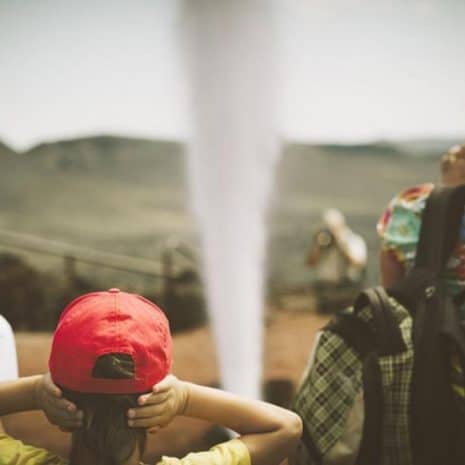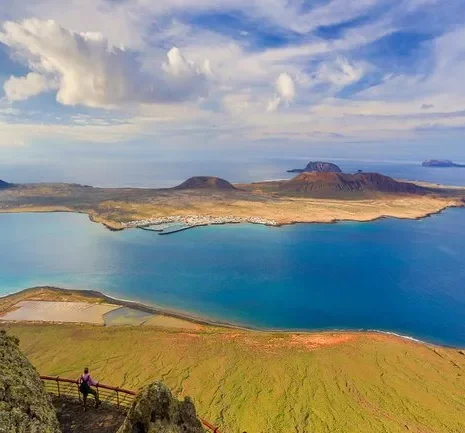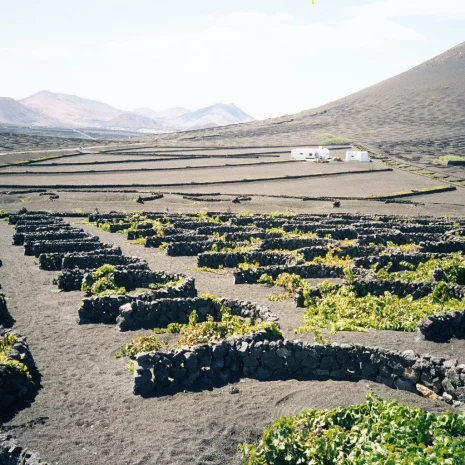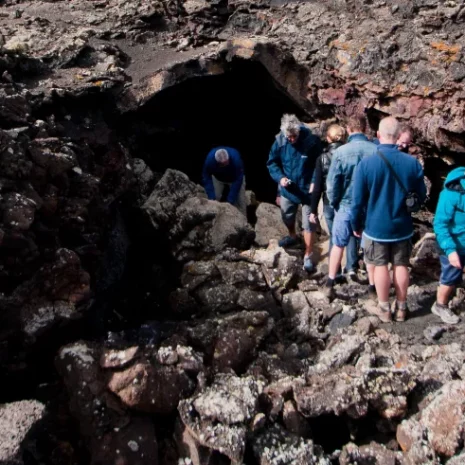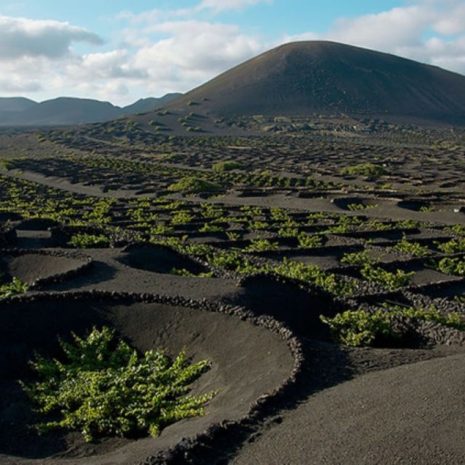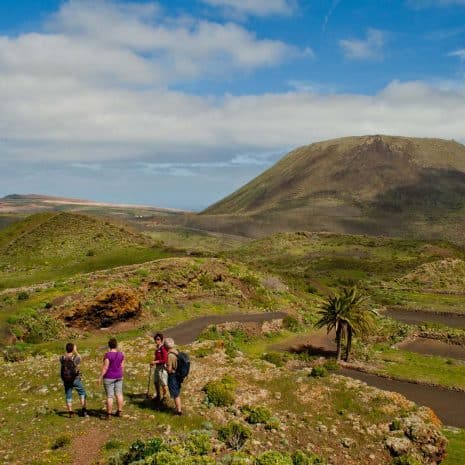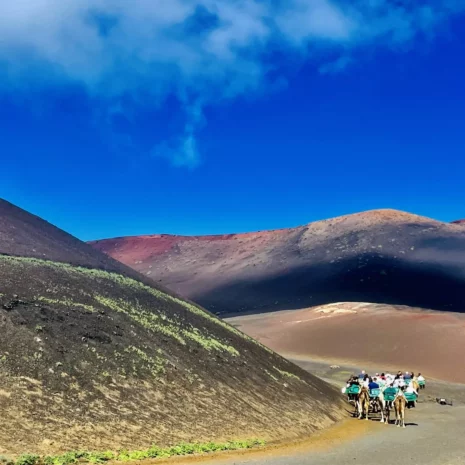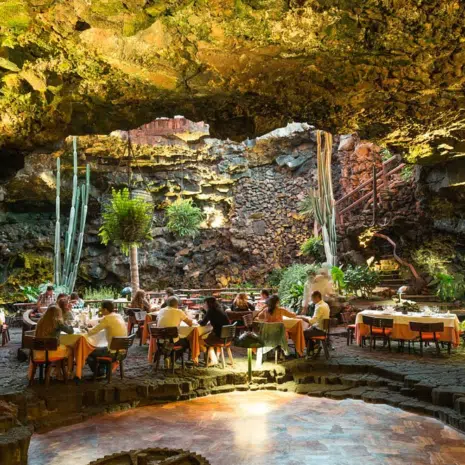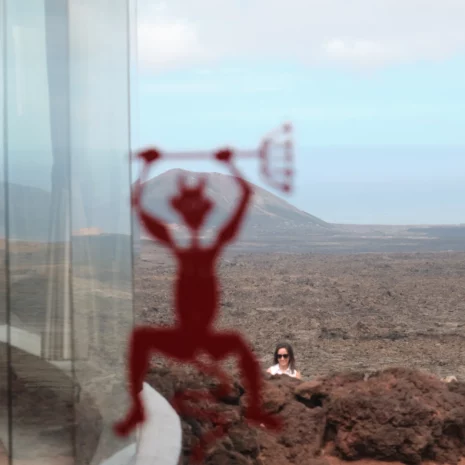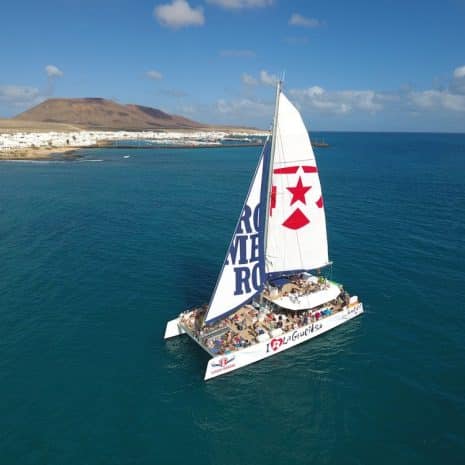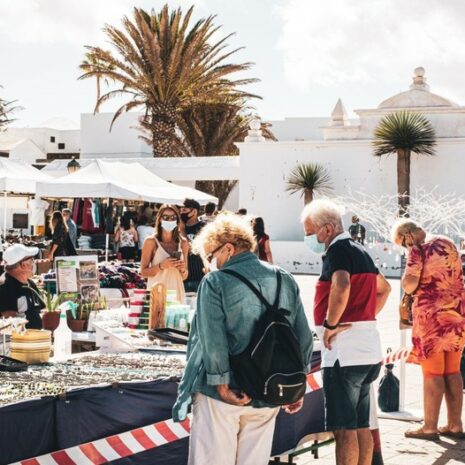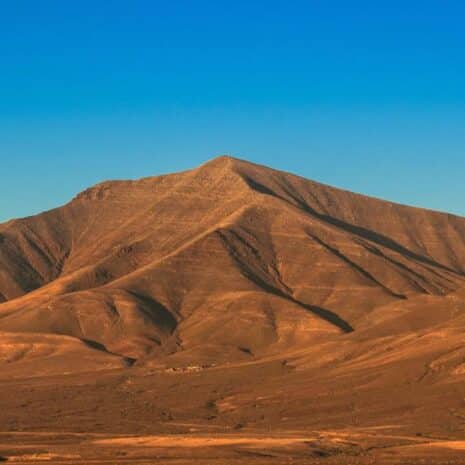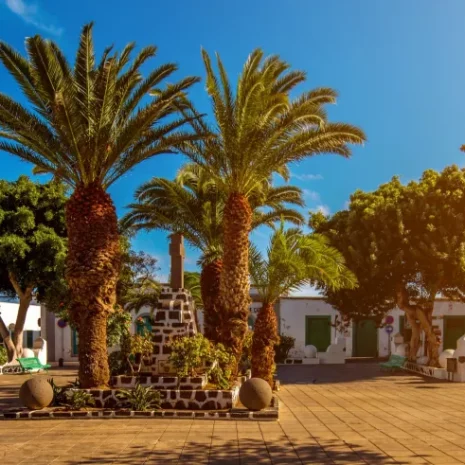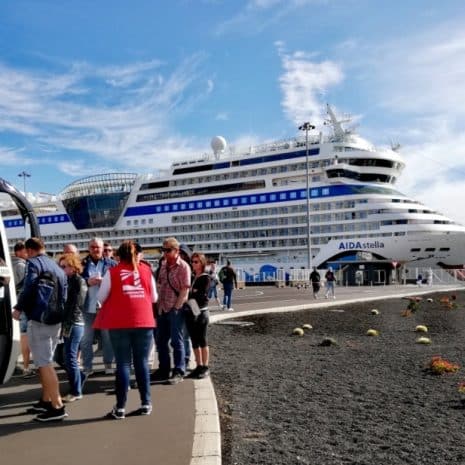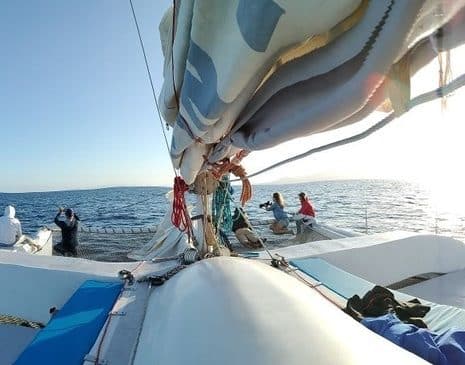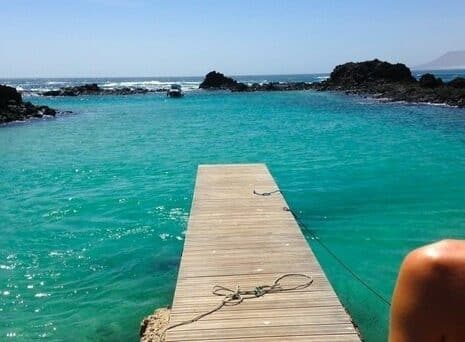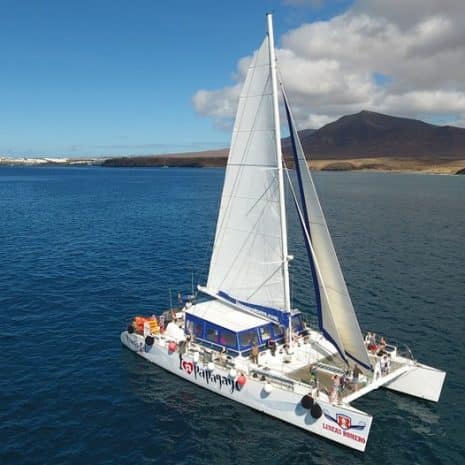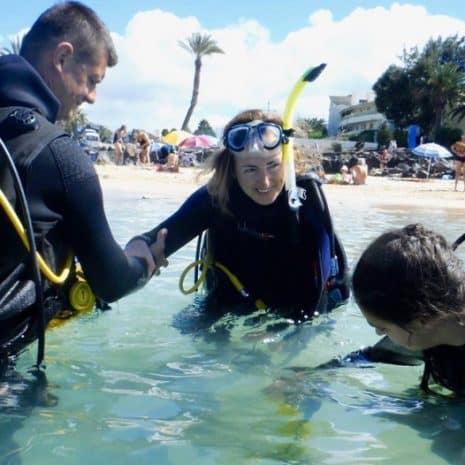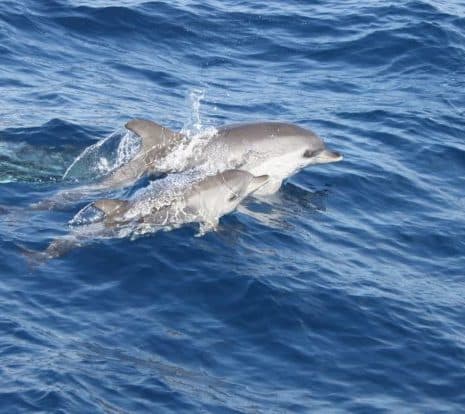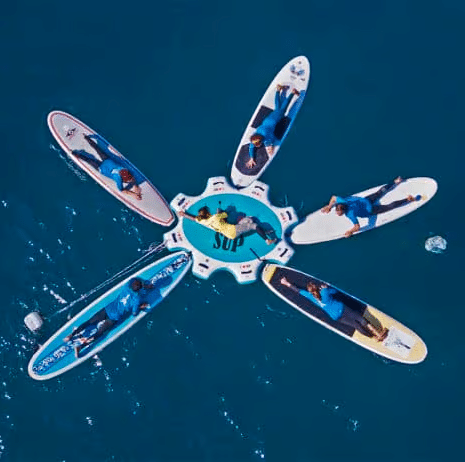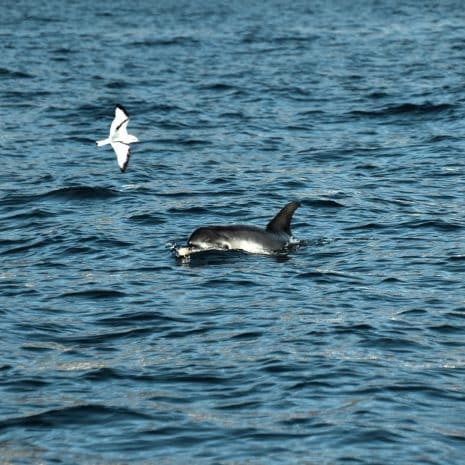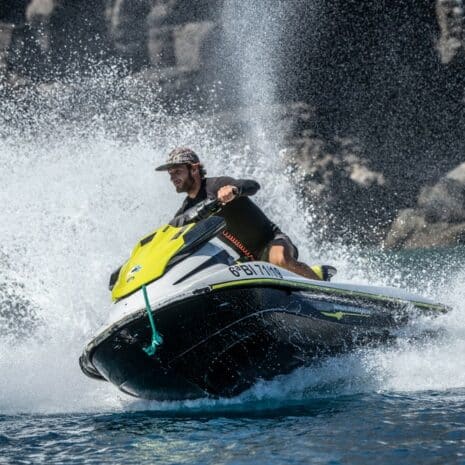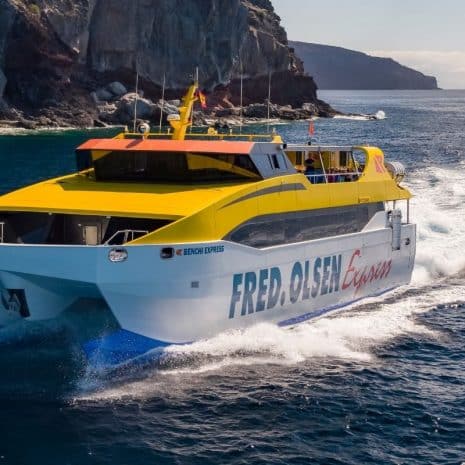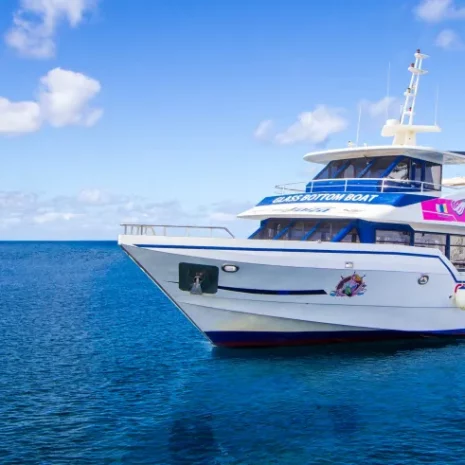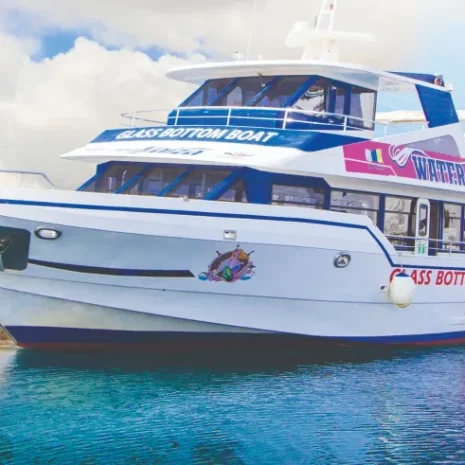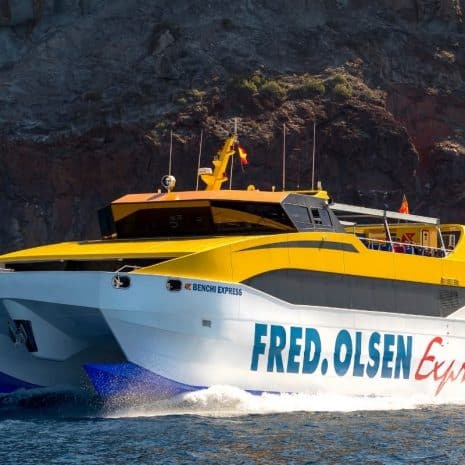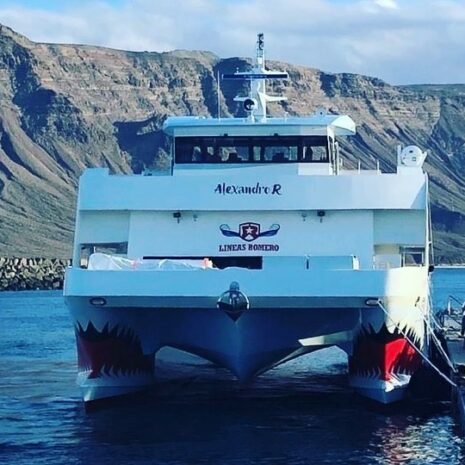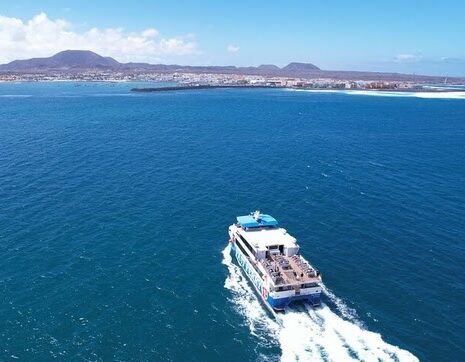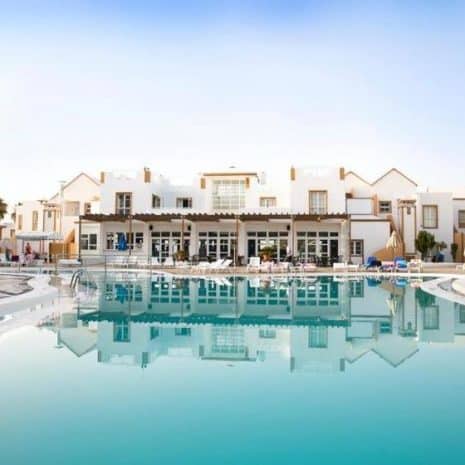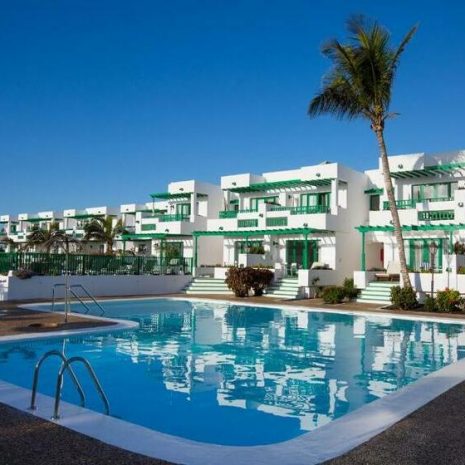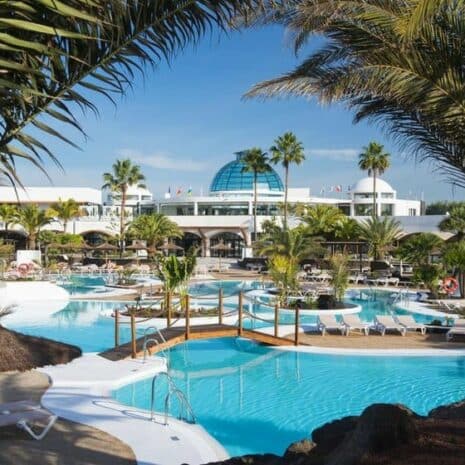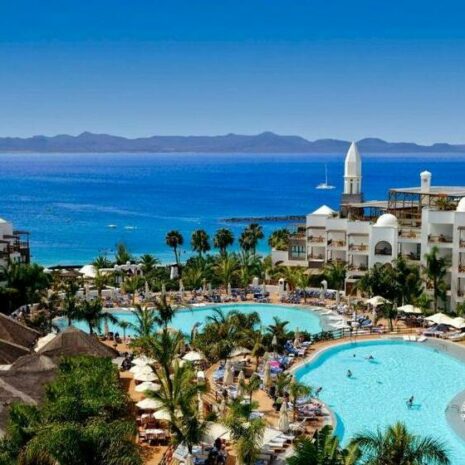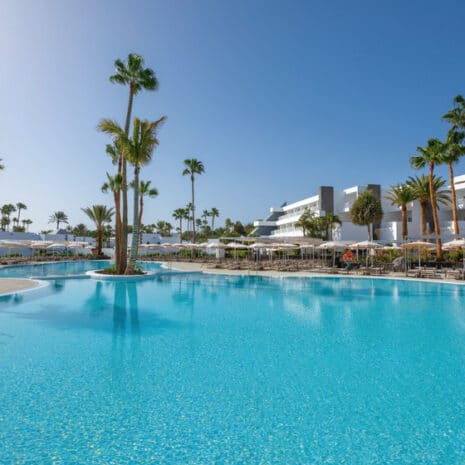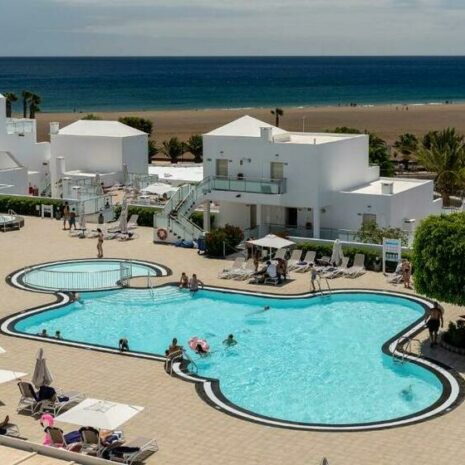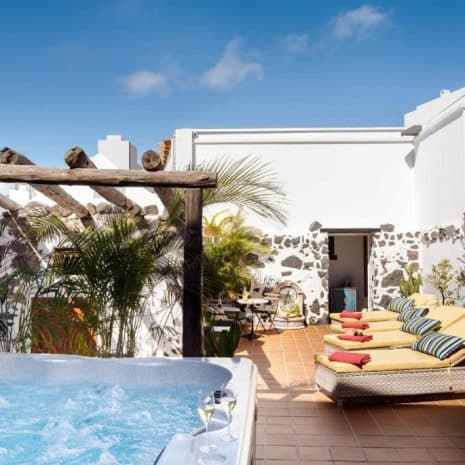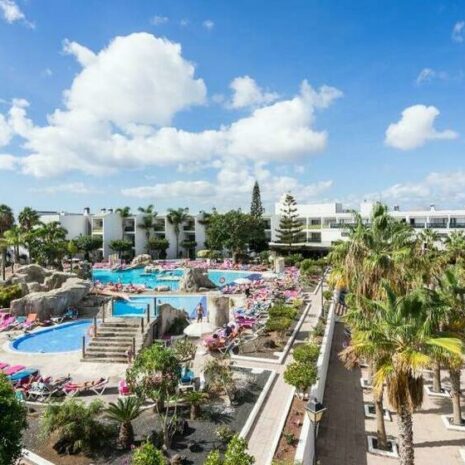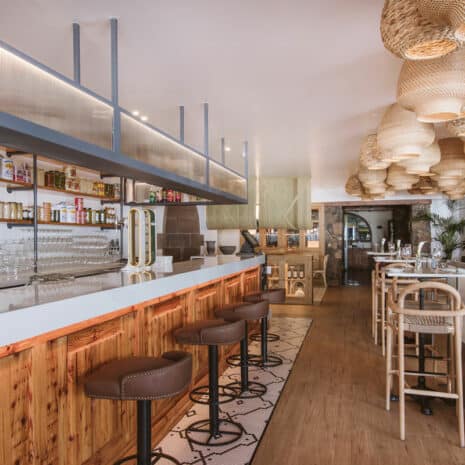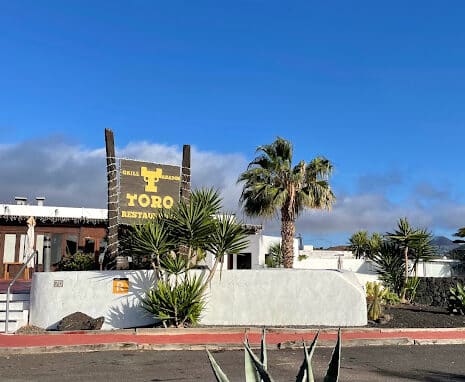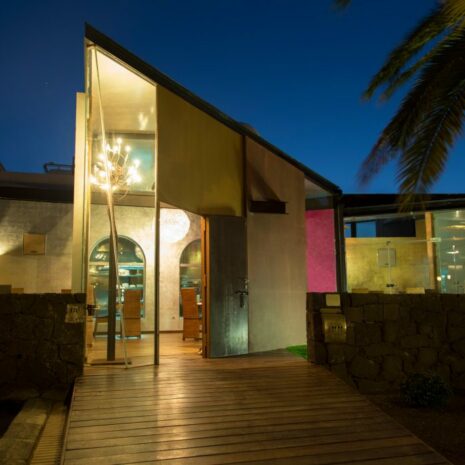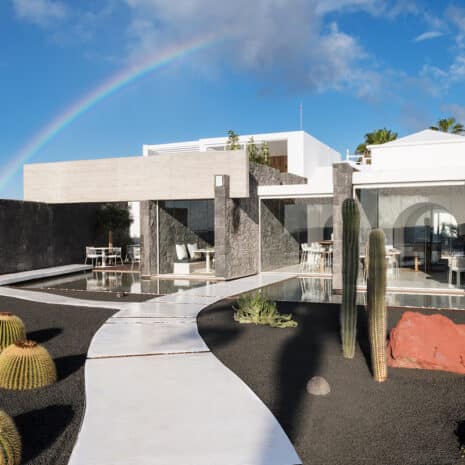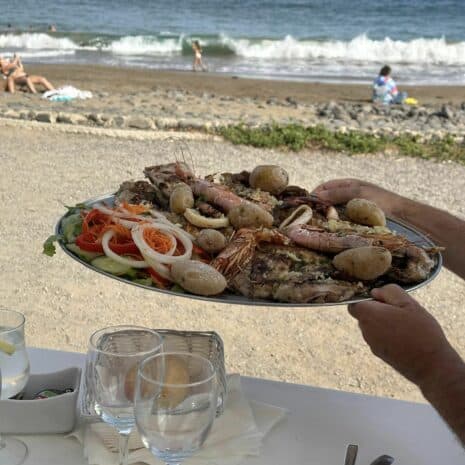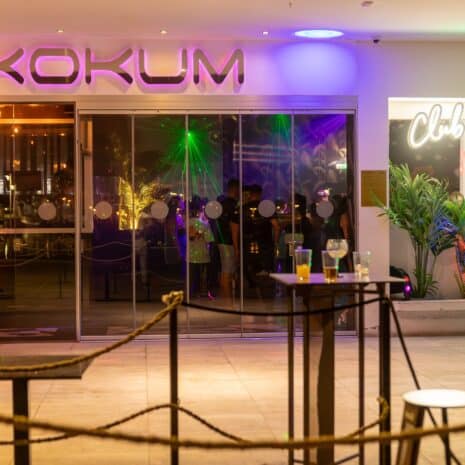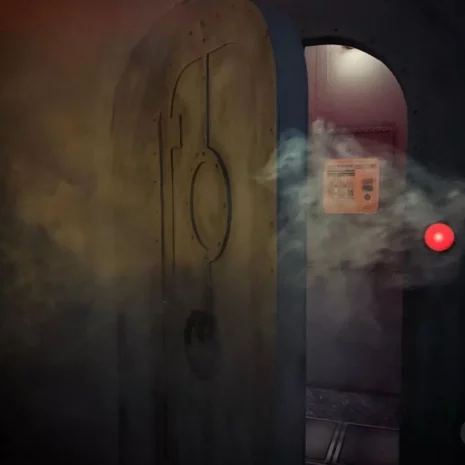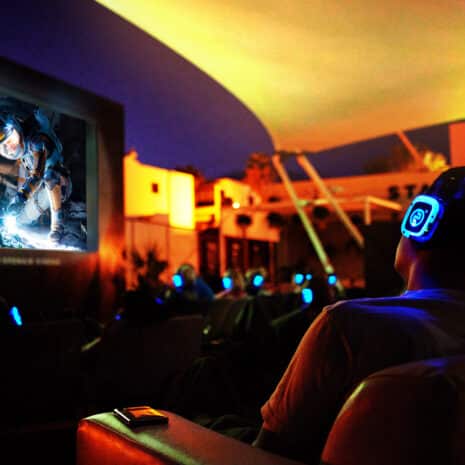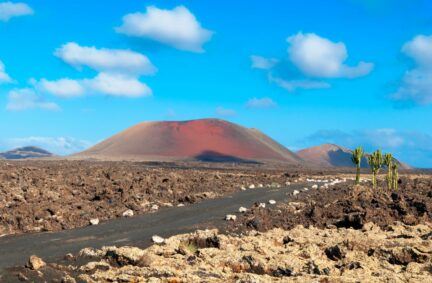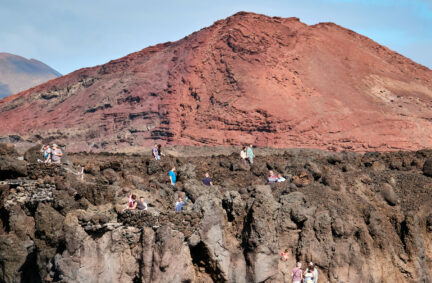Contenido
And, although it was more than 300 years ago when the land seemed to open itself up due to the activity of Timanfaya, its history and activity are still very present in the day-to-day life of this beautiful island.
How many volcanoes does Lanzarote have?
Currently, the Timanfaya National Park is the largest volcanic landscape on the island. With more than 50 square kilometers, the park offers a volcanic landscape rarely seen by visitors. However, it is not the only volcano or volcanic landscape that can be seen today on the island of Lanzarote. In fact, there are different routes through which to discover the volcanic landscapes of what is known as the “ochre island”.
One of its most famous routes is the Tremesa, a route of approximately three hours where you will discover the beauty of Caldera Roja, the Enchanted Mountain, Pedro Perico and the Burned Mountain. Another of the best-known routes is that of the islet of Hilario, a route that goes through the main volcanic remains discovered in the 19th century.
In the Jameos del Agua, the work of the artist César Manrique, you can see some large volcanic tubes with a natural lake inside. Although at first glance they are not considered as such, visitors to the island will also be able to see with their own eyes how geothermal energy from volcanic heat can be used in kitchens or “grill” restaurants, as would be the case of the restaurant El Diablo, with a volcanic oven.
On the other hand, it is interesting to know how malvasia grapes grow in La Geria, a sub-desert landscape whose main substrate is volcanic ash and the humidity that is generated at night.
In Lanzarote, one of the places with the most history of the Canary Islands, the traveler can enjoy different volcanic landscapes such as the Timanfaya volcanoes or the La Corona volcano.
What was Lanzarote like before the eruption?
Although it was thousands of years ago when the first eruptions and seismic movements began in what is now Lanzarote, there are many chronicles that narrate the catastrophe that completely changed the morphology of the island due to the rocky landscape and the natural chimneys that today they star in every corner of the island.
The texts narrate how a mountain began to emerge from the earth, spitting out more than a billion cubic meters of lava until it stopped in 1736. The result of such a natural disaster was the origin of a unique volcanic landscape that, although scarce flora, over time has become a landscape of another planet thanks to ash and solidified lava.
Today, hundreds of years later, we can imagine more closely what that catastrophe was like with any of the 25 volcanoes identified in the Timanfaya National Park. A unique place to admire rivers of petrified lava, abysses and craters.
When was the last eruption in Lanzarote?
One of the last eruptions that took place in Lanzarote is precisely the one between 1730 and 1736. However, although it has been one of the most notorious, it was not the last eruption on the island. In fact, it was in 1824 when the eruptions in the Timanfaya area began again, giving rise to the volcanoes known as Tao, del Fuego and Tinguatón.
And although it has been many years since the island has suffered an eruption, it does present volcanic activity since there are areas where the heat on the surface can reach 120ºC and exceed 600ºC at only 14 meters deep.
Is there an active volcano in Lanzarote?
Lanzarote has a large number of volcanoes, but Timanfaya is the only one that is currently active. In fact, although it was in 1730 when Timanfaya erupted for the last time and lasted for 2,055 days, the island of Lanzarote continues to be constantly observed for presenting a certain risk. For example, both Fuerteventura and Gran Canaria or La Gomera are islands that have a much lower risk of possible eruptions.
What is the volcanic activity of Lanzarote?
Currently, the volcanic activity of Lanzarote is controlled and is constantly monitored by a professional team of experts in charge of evaluating any seismic or volcanic activity that may appear.
However, despite the fact that the island has not suffered an eruption for many years, it is necessary to bear in mind that the Timanfaya National Park is currently an active area in which visitors can even check the temperature on the surface and the approximate temperature below ground.
How many volcanoes are there in Timanfaya?
Currently, the Timanfaya National Park has a total of 25 volcanoes, some of which have been emblematic in the well-known history of the island. The Montañas del Fuego, the Caldera del Corazoncillo or the Montaña Rajada are some of the best known and most visited.
In addition, in Timanfaya it is possible to observe the almost perfect alignment of the volcanoes if you follow the direction of the fractures through which the magma rises. In the Timanfaya National Park there are areas where the surface temperature can exceed 120ºC. As for the landscape, black and reddish sand predominates along with basaltic lava.
We recommend you!
You might be interested…
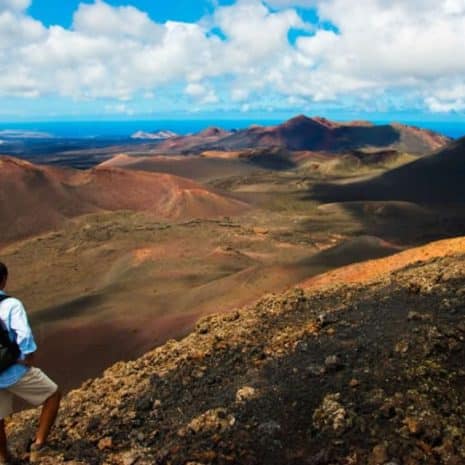
 Excursions
Excursions 